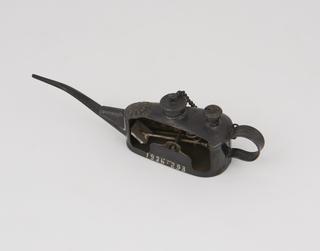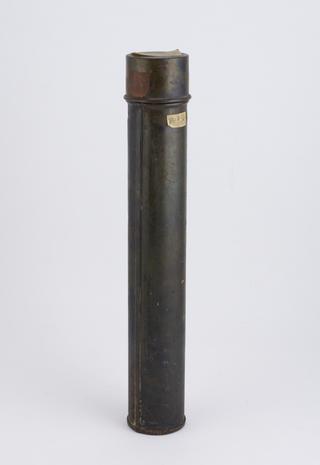
Gas canister for oxygen
2000-2002

2000-2002

1958


1900-1980

1900-1980
1780-1850
1960-1968
1980-1986
1950-1965
1950-1960
1920-1950
1960-1970
1955-1970
1940-1970
1950-1960
1950-1970
1950-1980
1951-1970
1970-1985
1970-1985
1925-1945
1950-1970
1960-1980
1980-1986
1960-1985
1980-1986
1890-1910
1890-1910
1896-1900
1914-1918
1876
1960-1985
1960-1985
1900-1930
1960-1985
1910-1950
1960-1985
1940-1960
1960-1970
1925-1940